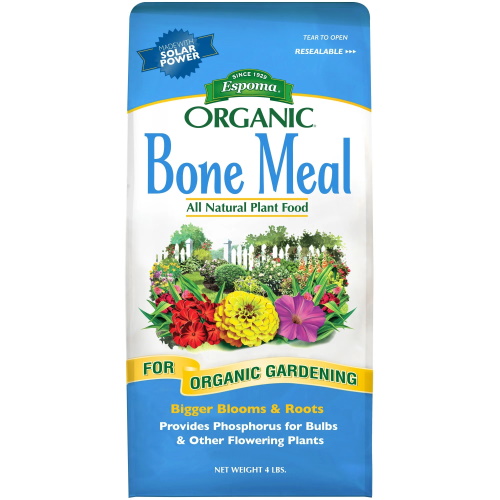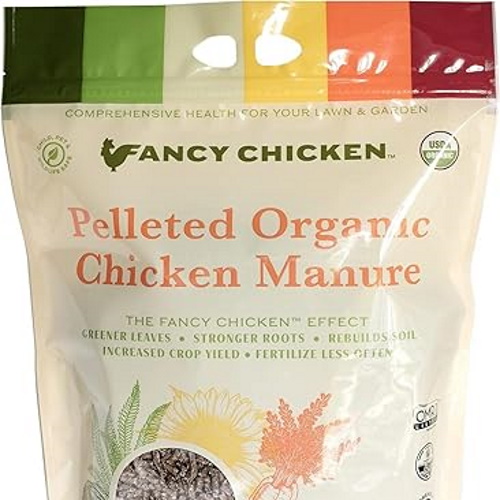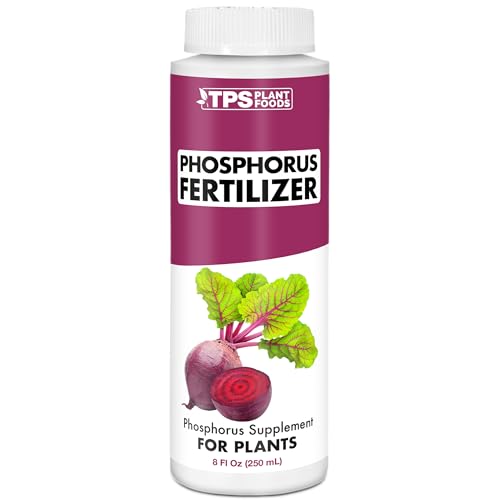Phosphorus deficiency in plants – here's everything you need to know to return your plants to health
There are a few tell-tale signs that your plant isn't receiving enough of this essential nutrient

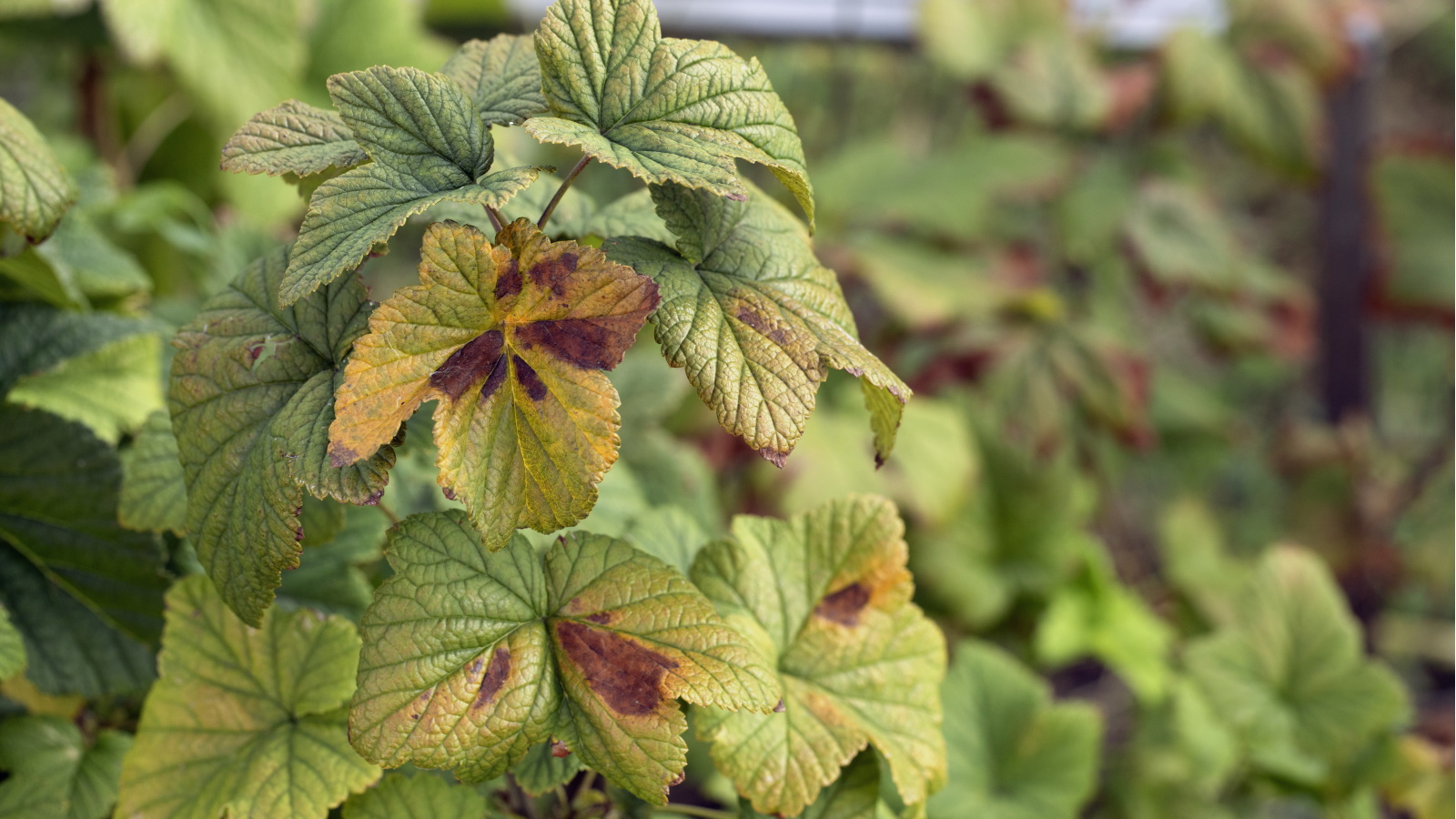
One of the most disheartening things a gardener can witness is a plant struggling to grow well, especially after putting in a lot of effort to provide the optimal growing conditions. Nutrients often have something to do with this struggle, as these are what plants rely on for healthy growth. If your foliage is looking a reddish, purple color, it could be a sign that you're facing a phosphorus deficiency in plants.
There are 17 essential plant nutrients for growth, and phosphorus is one of the macronutrients plants need plenty of. While phosphorus is largely available in soil, many gardeners opt to give their plants a phosphorus boost with fertilizers. It can be tricky to determine whether it is a phosphorus deficiency you're dealing with, but experts say there are a few signs to look out for.
Here, we've compiled everything you need to know about a deficiency of this nutrient typically labelled in plant fertilizer numbers and what you can do to improve phosphorus levels for your plants.
What does a phosphorus deficiency in plants look like?
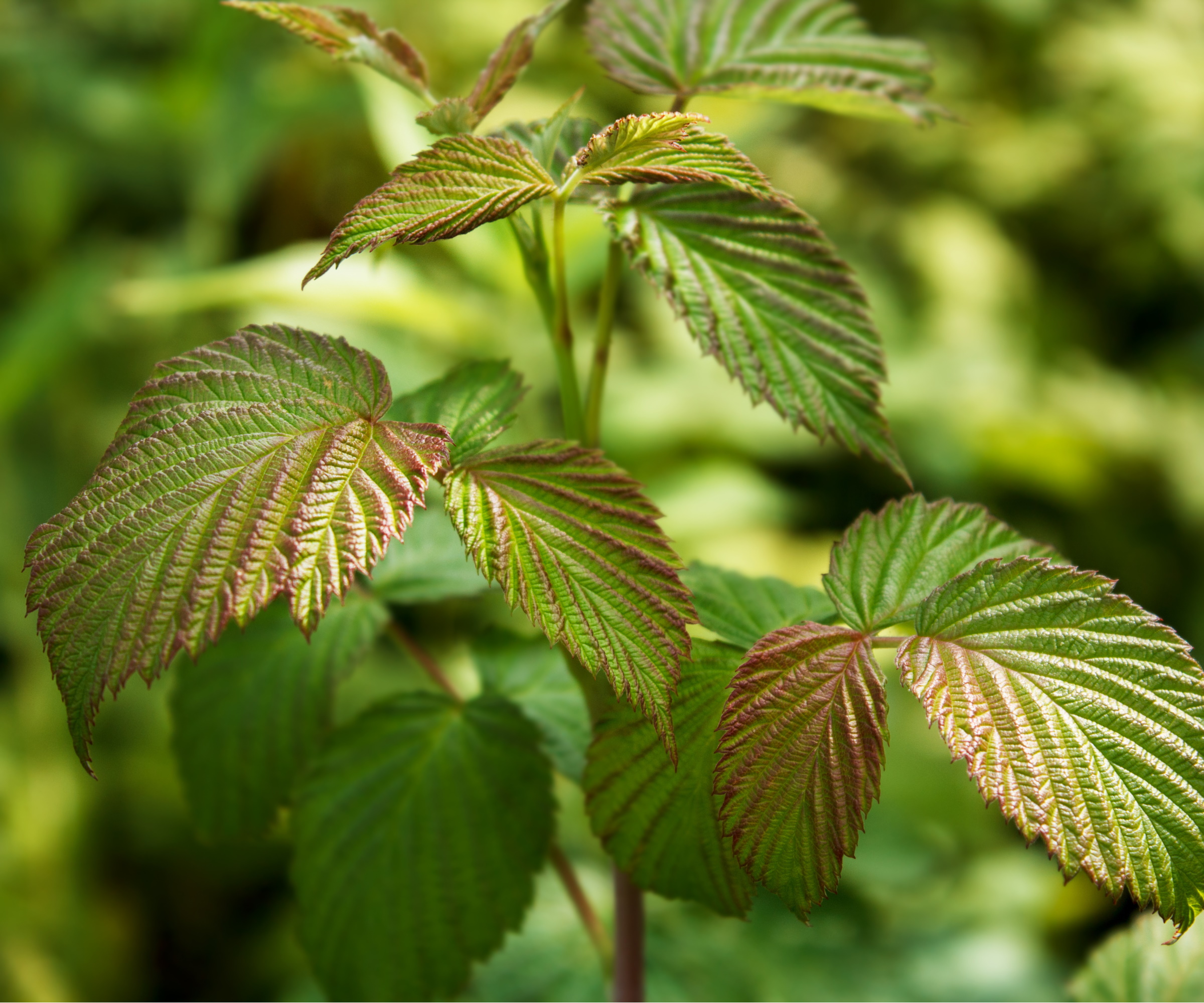
Struggling foliage and a lack of new growth are common signs your plant doesn't have sufficient nutrients to support plant processes. To identify a phosphorus deficiency in plants, look out for the specific following signs.
'Leaves may appear dark green to bluish green, progressing to a purple or red color on the underside of the leaves as the plant ages,' says Denis McCauslan, horticulture expert and landscaper.
Because phosphorus is responsible for root development and aids plant processes like photosynthesis, among other things, plants will struggle to maintain a luscious green color when experiencing a phosphorus deficiency. The inability for the plant to support a strong root system adds to this symptom, as well stunted growth.
'Lack of phosphorus has a significant negative impact on photosynthesis, denying the plant of the energy it needs to convert water and Co2 into nutrients the plant needs to grow properly,' Denis explains.
Design expertise in your inbox – from inspiring decorating ideas and beautiful celebrity homes to practical gardening advice and shopping round-ups.
If you are growing an abundant vegetable garden or perhaps a beautiful flower bed, you will likely be aware of the importance of phosphorus for fruit and flower development. Unfortunately, a lack of phosphorus also causes less growth in these areas.
'Plants without enough phosphorus will also have fewer, smaller flowers and fruits,' notes Amy Yarger, Senior Director of Horticulture at Butterfly Pavilion.
Another sign you're dealing with a phosphorus deficiency in plants is your plants suddenly experiencing disease. 'A plant without enough phosphorus is also more susceptible to disease and other environmental stressors than a healthy plant.,' Denis explains.
Of course, the tricky thing is a number of things could cause similar symptoms for your plants. 'The best way to be sure of what you are dealing with is to get a soil test – most local agricultural extension agencies offer them for a nominal fee,' advises Amy. You can also find soil tests at online retailers, like this soil test kit from Amazon.

Denis has over 30 years of experience in the landscaping industry in Denver metro. Denis holds a Bachelor of Science Degree in Horticulture from Ohio State University.

Amy Yarger is the senior director of horticulture at Butterly Pavilion. She currently leads Butterfly Pavilion’s local pollinator habitat initiatives, which restores habitat in urban and suburban green spaces in Westminster and Broomfield. Amy has also installed pollinator habitat gardens throughout the community. Through habitat gardening and education, Amy hopes to create a closer connection to nature and a greater understanding about the need for biodiversity locally and globally.
How to increase phosphorus levels for plants
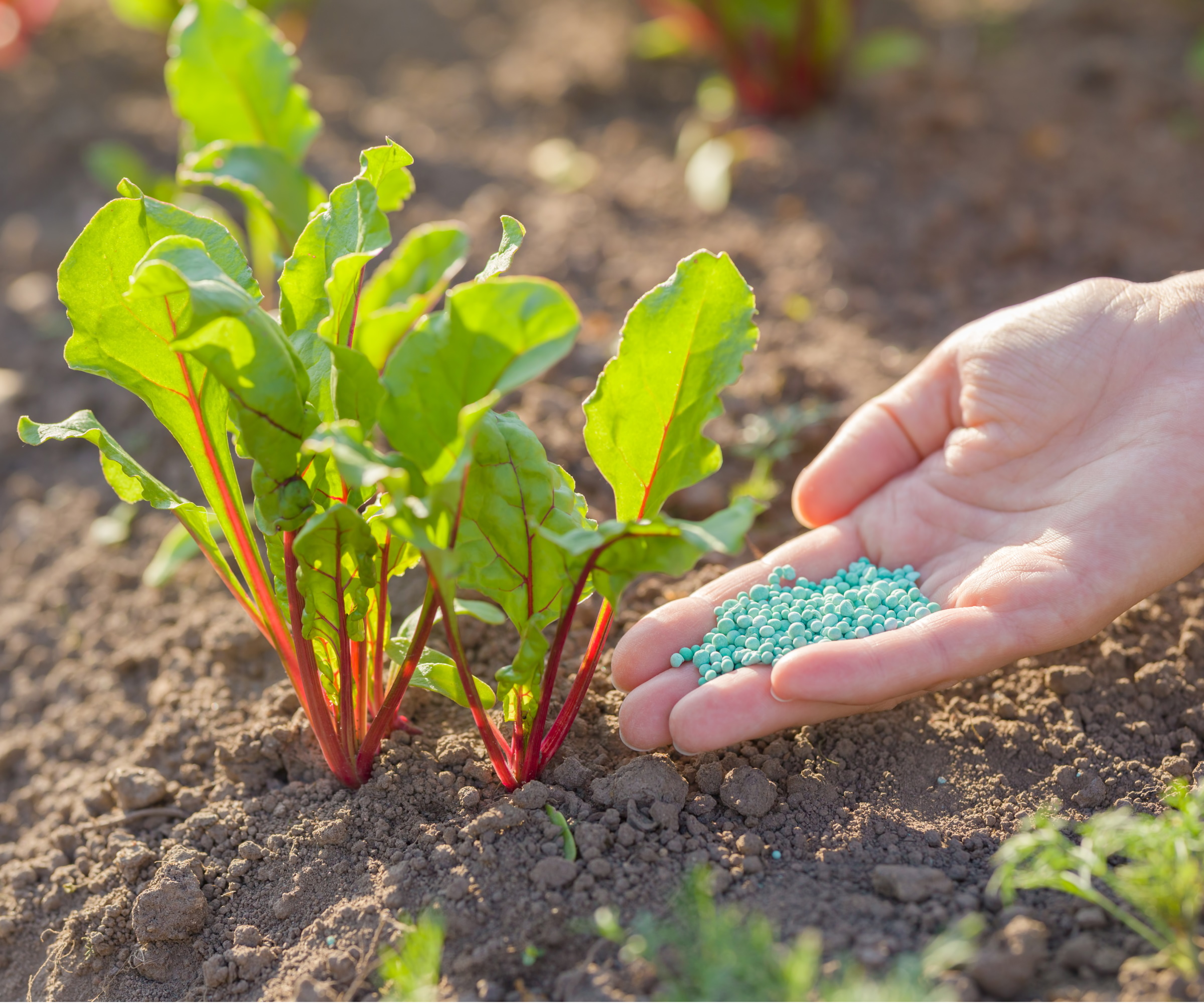
Once you have identified you're facing a phosphorus deficiency in plants, you need to tackle it head on to help your plants grow stronger. Luckily, there are a few ways to revive a plant from a phosphorus deficiency:
Perhaps the most convenient point of call is using a phosphorus-rich fertilizer. 'Ammonium phosphate, bone meal, or aged chicken manure can be added around the bases of the plants that are affected,' describes Amy.
You can even opt for a balanced fertilizer which has a sufficient level of phosphorus for your plants - like this all-purpose, balanced fertilizer from Amazon.
All of the fertilizers Amy mentioned are rich in phosphorus, but you should take some time to consider how to choose the best fertilizer for a vegetable garden or affected other plants. Bone meal, for example, is also an excellent source of calcium for plants.
Of course, you can also choose to make compost and include a range of unusual compost ingredients that have a high phosphorus level, such as potato peels.
Going forward, you should also take care of your soil health to retain its nutrient value. Amy advises: 'You can set your plants up for success by improving soil drainage – avoid compacting the soil, add organic matter such as compost or aged manure, and practice crop rotation to prevent soil depletion.'
Shop phosphorus-rich fertilizers
FAQs
What causes a phosphorus deficiency in plants?
A phosphorus deficiency in plants can be caused by a number of things: 'The culprit is often a lack of phosphorus in the soil, but phosphorus deficiencies can also be triggered by dry or cold conditions,' says Amy Yarger, Senior Director of Horticulture at Butterfly Pavilion. 'Other factors causing phosphorus deficiencies are soil compaction, herbicide injury, and even damage from insects,' she adds.
Can a plant receive too much phosphorus?
Phosphorus is important for plant growth, aiding root development, fruit and floral production, among other important plant processes. Just as a phosphorus deficiency negatively impacts plants, excessive amounts of phosphorus can also be problematic. 'Plants may not be able to adequately absorb other vital nutrients such as zinc and iron,' explains Amy Yarger, Senior Director of Horticulture at Butterfly Pavilion.
'These plants will also be stunted but with bleached or chlorotic leaves,' she adds. Amy also notes adding too much phosphorus fertilizer to your soil can impact the surrounding environment: 'Excess phosphorus can run off into nearby waterways and kill plants and animals there. Your best bet is to create the soil conditions for healthy plant growth, and for the most part, your plants will get the nutrients they need,' she says.
Reviving plants from a phosphorus deficiency can take as little as a week, depending on how severe the case is. However, some affected leaves are unlikely to be revived. Take care to use essential pruning tools to cut away this foliage and make sure to then clean your garden tools to prevent the spread of potential pests and diseases.

Tenielle is a Gardens Content Editor at Homes & Gardens. She holds a qualification in MA Magazine Journalism and has over six years of journalistic experience. Before coming to Homes & Gardens, Tenielle was in the editorial department at the Royal Horticultural Society and worked on The Garden magazine. As our in-house houseplant expert, Tenielle writes on a range of solutions to houseplant problems, as well as other 'how to' guides, inspiring garden projects, and the latest gardening news. When she isn't writing, Tenielle can be found propagating her ever-growing collection of indoor plants, helping others overcome common houseplant pests and diseases, volunteering at a local gardening club, and attending gardening workshops, like a composting masterclass.
